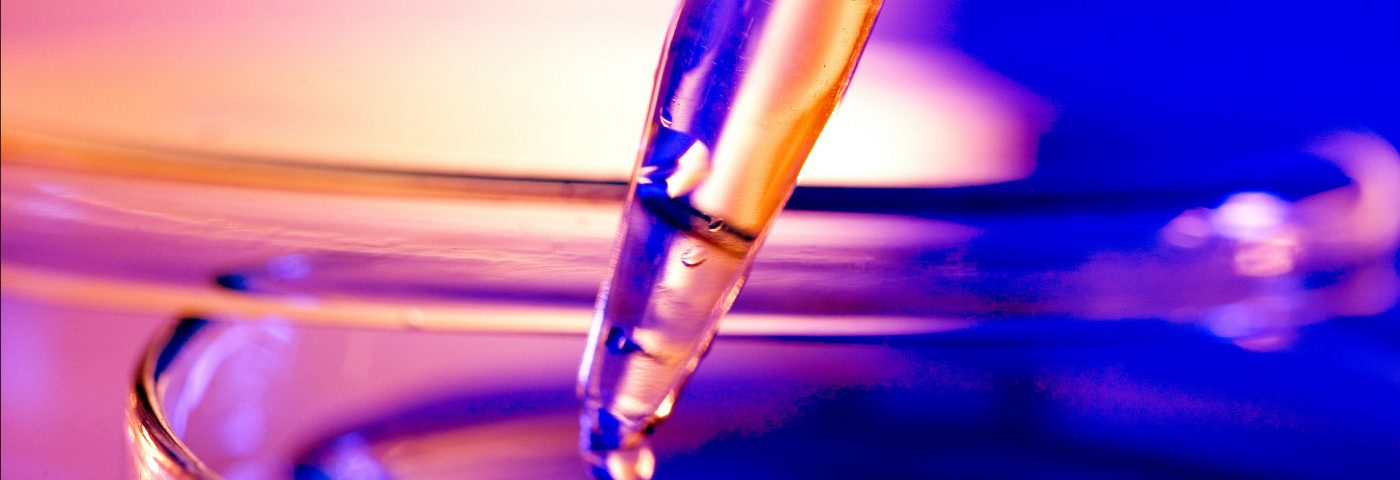Researchers found that an enzyme previously linked only to cell metabolism is capable of reaching the nucleus of lung fibroblasts and once there, halting the cells’ transition to myofibroblasts, the cells responsible for driving the accumulation of fibrotic tissue in the lungs.
The future development of synthetic proteins that mimic the beneficial effects of this enzyme might be a promising therapeutic strategy for fibrotic diseases such as pulmonary fibrosis, they said.
The research showed that the enzyme, called hyaluronidase 2, or HYAL2, is responsible for the accumulation of an antifibrotic version of the CD44 protein on the surface of cells.
The study, “Nuclear hyaluronidase 2 drives alternative splicing of CD44 pre-mRNA to determine profibrotic or antifibrotic cell phenotype,” was published in the journal Science Signaling.
An aberrant function of the cell surface protein called CD44 is linked to fibrosis and other diseases, such as cancer and malfunctions of the immune system, wound healing problems, and blood vessel-related diseases.
CD44 has various biological functions, which are possible through a process known as alternative splicing, whereby slightly alterered RNA molecules arise from the same gene, leading to different versions of the protein.
Now, researchers found that the enzyme HYAL2 is capable of regulating CD44 splicing.
Researchers had previously found that adding a compound to primary human lung fibroblasts, called bone morphogenetic protein 7 (BMP7), blocked their transition into myofibroblasts — the main effector cells driving fibrosis. They also noted that treatment with BMP7 increased the expression of HYAL2.
They’ve now discovered that BMP7 exerts its anti-fibrotic effects by stimulating the translocation of HYAL2 into the nucleus of the cell and, once there, promotes the formation of an antifibrotic CD44 variant, called CD44v7/8.
This was surprising to researchers because HYAL2 had been linked only to the breakdown of sugar chains.
“We were amazed to discover that the protein Hyaluronidase-2 can bind to RNA in a cell and alter its activity,” Soma Meran, the study’s lead author from Cardiff University’s School of Medicine and the Wales Kidney Research Unit, said in a press release.
“In the case of the cells responsible for fibrosis and scar formation, we can potentially use this technique to stop them from producing scar tissue. This opens up exciting new research avenues in the study of fibrosis,” Meran added.
Researchers now plan to further investigate the structure of HYAL2 to understand how, once in the nucleus, it is capable of regulating genetic material.
Based on the results, the team believes that developing synthetic proteins that mimic the effects of HYAL2 could be beneficial for fibrotic diseases.

